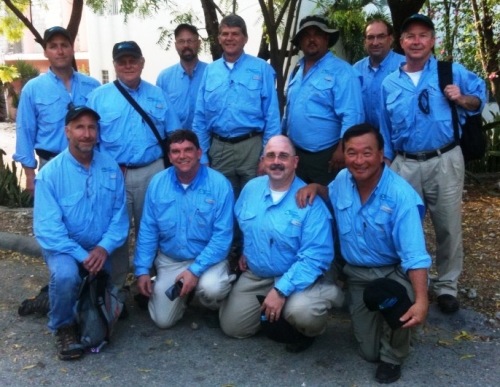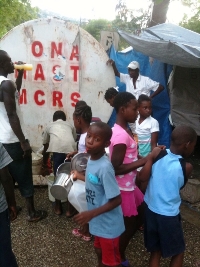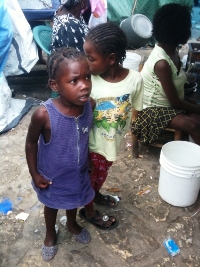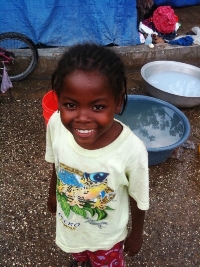A 14-strong volunteer relief delegation organised by National Pest Management Association (NPMA) has just returned to base following a fact-finding visit to Haiti to try to work out the best way to control pests in post-earthquake refugee camps and stop the spread of disease.
Chief of operations in Haiti was NPMA executive vice president, Rob Lederer. He was accompanied by Raleigh Jenkins (NPMA president) plus 12 further experts from within the NPMA member company ranks selected for their particular types of expertise.
|
All within the NPMA team agreed that on a personal level it was a life-changing experience. Professionally the trip was productive, extremely eye-opening and essential in identifying how the industry can support critical pest management work in the country. As a result of their findings, NPMA will commit to raise at least $250,000 to support pest management initiatives for hospitals in Port au Prince, Haiti. NPMA will use the collected funds for maintenance of medical facilities that will minimize entry points for pests, the purchase of products designed to prevent pest infestations from buildings, training of Haitian workers so they can properly perform pest control operations, and a PSA campaign to educate Haitians on general daily steps they can take to minimize threats of pests, and accordingly the diseases they carry. If resources permit, efforts will be channelled into Haitian schools to help protect the young. Industry efforts will focus on minimizing and eliminating roaches, rodents, flies, and mosquitoes from the identified service areas. Treatment of the medical facilities has been targeted as these venues treat those with pre-existing health complications and often, those most vulnerable to the further health threats posed by pests. Current conditions in the hospitals are deplorable; if the conditions are not improved, Haiti will face drastic health problems from diseases exacerbated by disease carrying rodents and insects. To gain a first-hand idea of the conditions the group faced, it is certainly worth your time to read the blog posted by Rob Lederer and to look at his pictures, some of which are shown here. Click here to read for yourself. You too can make a donation to the Pest Management Pledge to Protect Public Health in Haiti. Click here. However, here are a few paragraphs taken from Rod’s blog that attempt to sum-up his impressions. “I will post many of the photos that I took during the day as I believe that photos can tell this story better than words. However, let me say up front that even these pictures cannot truly capture the extent of the devastation nor the misery and poor quality of life experienced by the Haitian people.” On his arrival at the airport : Once we left the gates of the baggage claim area, the day-to-day life of the Haitian people became reality – mass hysteria. It was a scene right out of the movieThe Killing Fields as the Cambodian people stampeded to leave the country before the gates closed. Our bags were grabbed by hungry porters – pushing and angry words followed. In one word – pandamonium! For a few minutes I wondered if we would survive the first few minutes of our trip.” On one of their visit hospital visits: At the end of day one: “Day two will bring us to four tent cities, the waste management area, and another hospital. Unfortunately, I fear that day two will offer even more visions of reality that are almost too difficult to comprehend.” |
|
|

The NPMA team all compulsorily dressed-up in shirts treated with permethrin based repellent




 These young children hardly know anything better…
These young children hardly know anything better… …but can still manage a winning smile for the camera!
…but can still manage a winning smile for the camera!